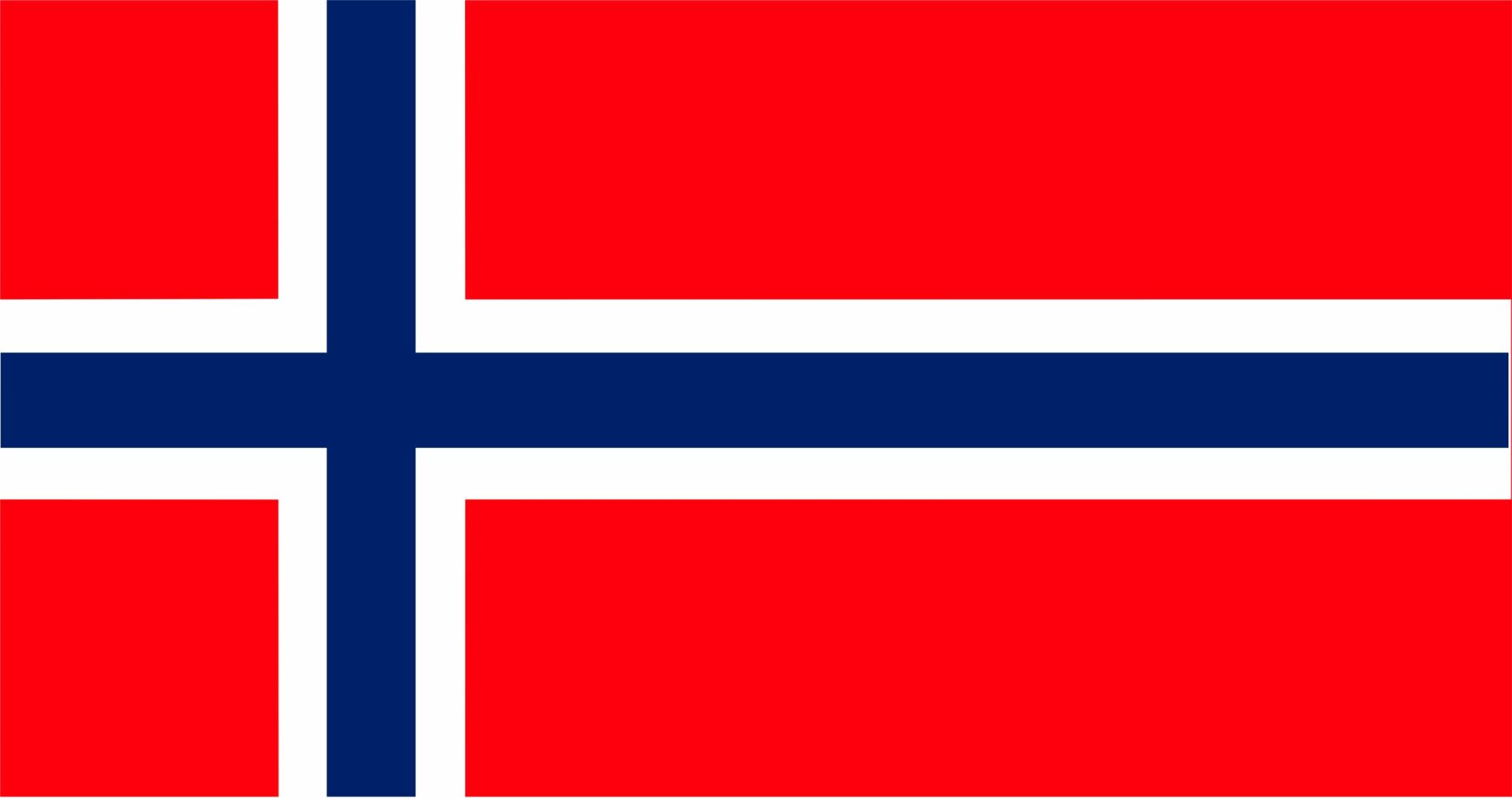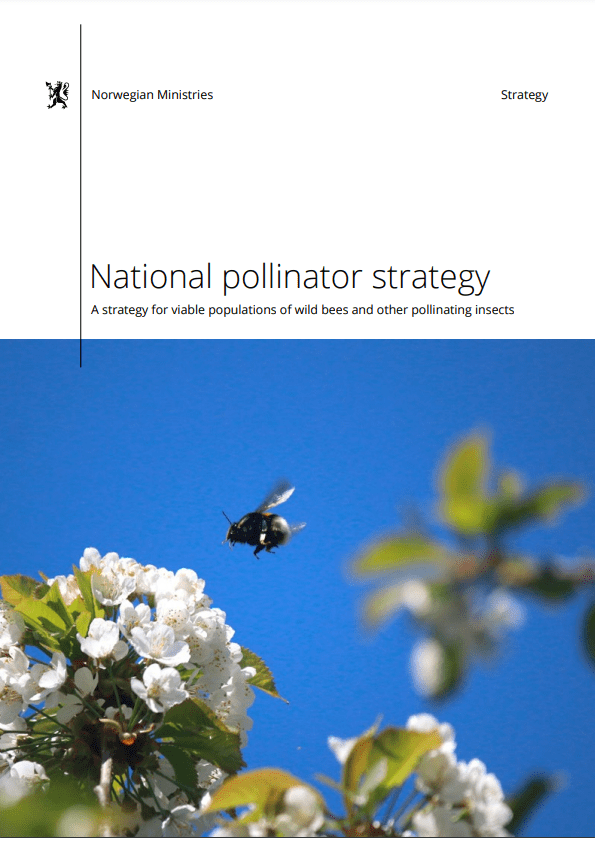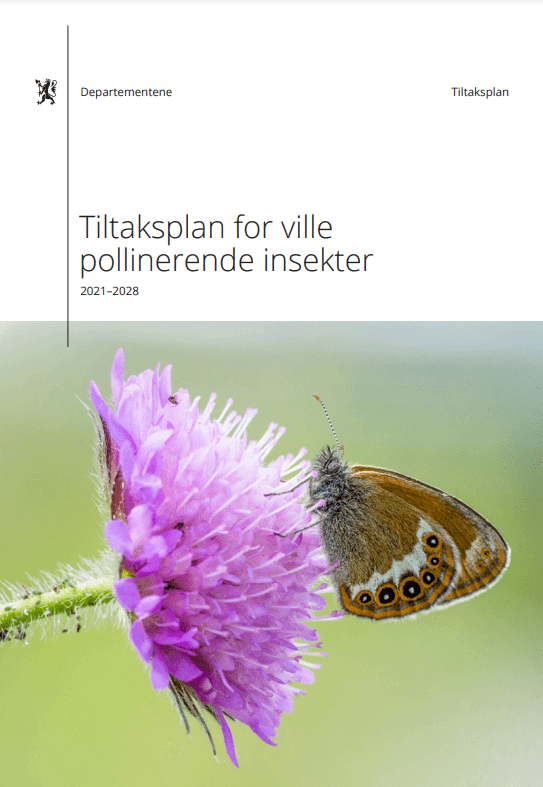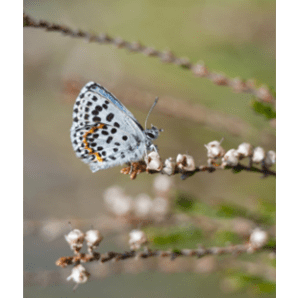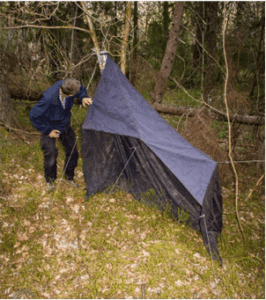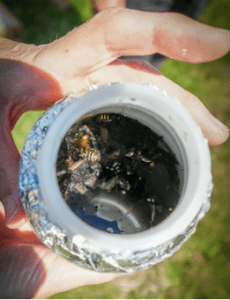Norway
Why did Norway decide to join the coalition?
Norway is a country in northern Europe with approximately 5,4 million inhabitants. It has a relatively low population density of 15 people/km2, with large areas covered by mountains or above the arctic circle. The Sámi people are indigenous in parts of Norway. Outdoor recreation is an important part of the cultural heritage in Norway, and the Right to Roam (Allemannsretten) gives its inhabitants the right to roam freely in forests and all types of natural areas, irrespective of who owns the land. This right includes being allowed to harvest from nature, including berries, fish, mushrooms, and wildflowers. Pollinating insects play a crucial role for several of these resources, especially for mountain berries like the lingonberry (Vaccinium vitis-idaea) and the European blueberry (Vaccinium myrtillus) which are highly dependent on bumblebee pollination. Berries and fruits in the agricultural industry are also highly dependent on pollinators, including the apples grown in the cultural landscape of Hardanger and Ullensvang.
The monitoring and protection of pollinators worldwide is crucial, especially for food security. Norway joined the coalition to be a part of the global effort for pollinator protection, amongst others through the collaboration and sharing of knowledge and practices.
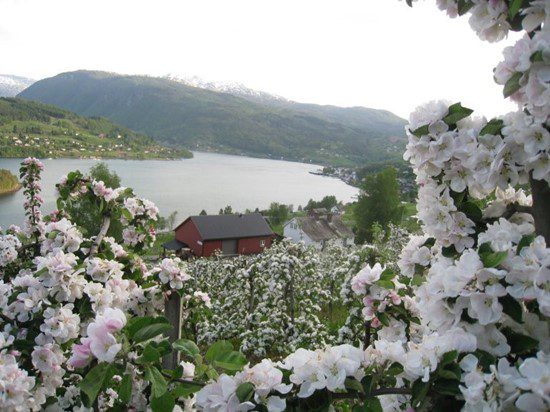
Apples growing in Hardanger. Image source: NIBIO
What is the current situation regarding pollinators and pollination in Norway?
Nature Diversity Act
Red List of Species
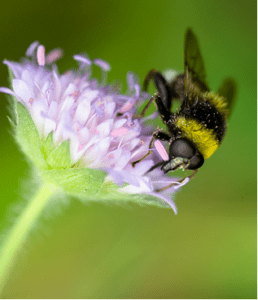
The hoverfly Arctophila bombiformis has the status vulnerable (VU) in Norway and has a morphology similar to bumble bees (Image source: naturarkivet.no)
National Pollinator Strategy
Action plan
Research and monitoring
National Monitoring of Insects in Norway is a large-scale project initiated in 2020 to determine the current state of insects in general and pollinators in particular. The project is led by the Norwegian Institute for Nature Research (NINA) and funded by the Norwegian Environmental Agency. The goal is to quantify insect biomass and species diversity in key habitats. Through the use of DNA metabarcoding the researchers are able to gather data about the whole species pool in a resource efficient way. This method also allows for extraction of information about within-species genetic variation to identify populations which are especially valuable to maintain high genetic diversity. The project now includes sites in the eastern, middle, northern and southern parts of Norway but the ambition is to monitor all of Norway. Ten years of monitoring is needed to see emerging patterns. The project will continue after this to provide indicators for ecological status.
Other ongoing monitoring projects are Monitoring of bumblebees and butterflies, initiated in 2009, and 3Q-monitoring of pollinators, initiated in 2021. Both projects make use of voluntary insect enthusiasts who go out three times a year and record species and frequencies of butterflies and bumblebees. The specific habitats they investigate are forest and meadows, and edges of agricultural fields in cultural landscapes (3Q). Both projects are funded by the Norwegian Environmental Agency, and organized by NINA, Norwegian Institute of Bioeconomic Research (NIBIO) and the non-governmental organization Sabima.
Information about where species have been observed is open to anyone at Artsdatabanken.no. The registrations are from museum collections or done by biologists in the field. The website Naturindeks.no also provides information about species status in Norway. Species observations are here used as indicators for ecosystem status all around Norway. Both websites display their data on easy-to-read maps.
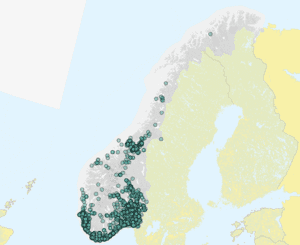
Map from artsdatabanken.no showing observations of Bombus lapidarius
Citizen participation
Brochures
To increase the public´s knowledge about pollinators, several brochures about different native pollinator groups have been produced, such as bumblebees, solitary bees and hoverflies. These provide information about physiology, morphology, life cycles and habitat range with the aim to teach the general public how to recognize them and register the species through citizen science projects.

Brochures about the pollinator groups hoverflies, solitary bees and bumblebees
Wild Pollinator count
During the summer of 2023, the Norwegian Environmental Agency and the non-governmental organization La Humla Suse initiated the Wild Pollinator count which invites the public to count and register their findings of wild pollinators throughout the summer months. The project will be continued every summer until 2028 as a way to engage citizens with species registration, which is specified as a measure in the Action plan for Wild Pollinating Insects. The observations are registered at the website artsobservasjoner.no.
Events
Events to increase the publics interaction and understanding of pollinators are popular in Norway. “Bumblebee walks” are common, where nets and jars are used to capture and look closer at bumblebees during a stroll through natural areas. This engages people of all ages, including whole families. Other outreach actions are seminars about how to make private gardens and back yards more pollinator friendly, promoting a menu for pollinator friendly plants, and how to make an insect hotel or a bumblebee house. Schools and kindergartens are an important driver for planting pollinator-friendly flowers on their facilities.
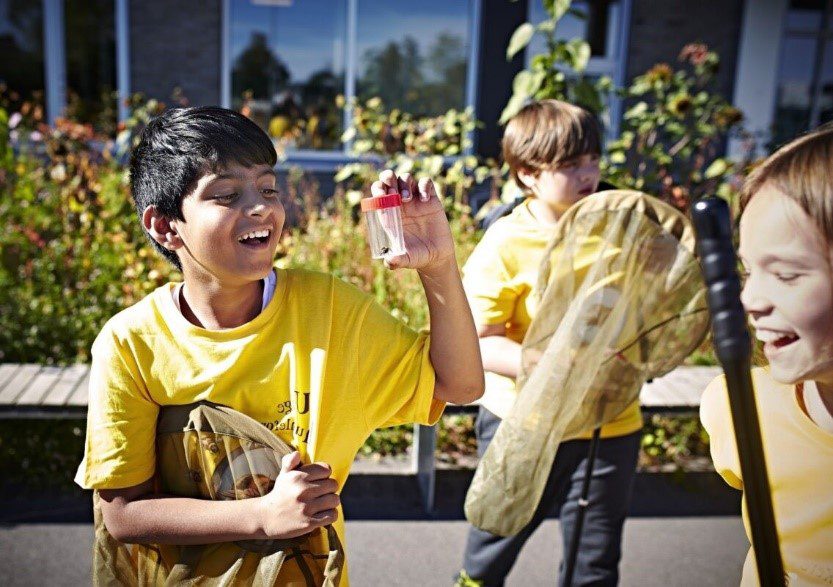
A boy looking at a bumblebee he has caught on a bumblebee walk. Image source: La humla suse
What are Norway’s expectations for the future?
Norway has several expectations for the future, and efforts are being made to ensure that they are reached. We expect that:
-
- The red to green method will improve the knowledge about what is needed to better the status of key pollinator habitats, positively influencing insect abundance and pollinator survival.
- More information about insects and their genetic diversity will be obtained through research projects and the use of new techniques like DNA metabarcoding.
- The private and public sectors will consider pollinators and general biodiversity when deciding on projects and strategies.
- Pollinator-friendly gardens with large amounts of local plant species will be the norm as a result of good communication to the public.
Tips for other members
It is possible to improve conditions for pollinating insects if they are prioritized. Knowledge is power, and citizen involvement and engagement is especially important to increase the public’s knowledge and respect for nature. Engaging the public, and especially young citizens, through events and registration of species is an efficient way of increasing enthusiasm around the topic.
Contact
Have any questions? Want more information? Contact Nina Vik from the Norwegian Environmental Agency: nina.vik@miljodir.no

